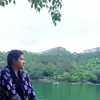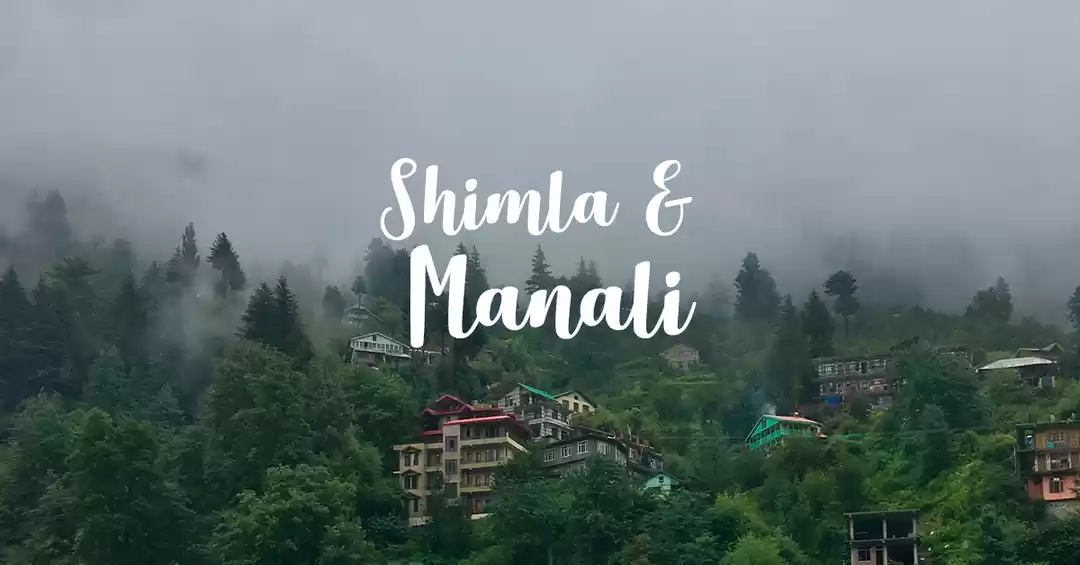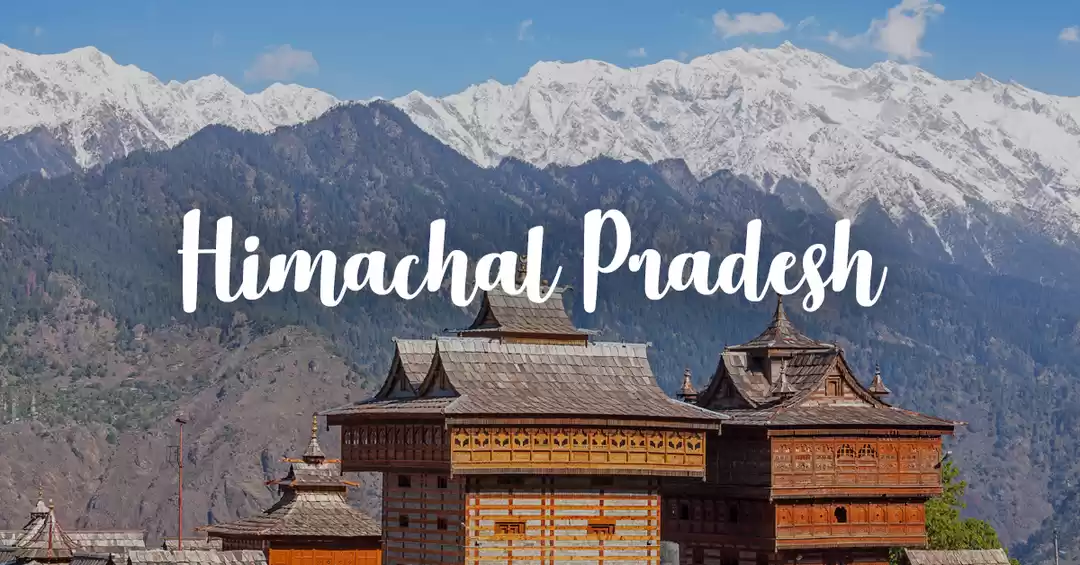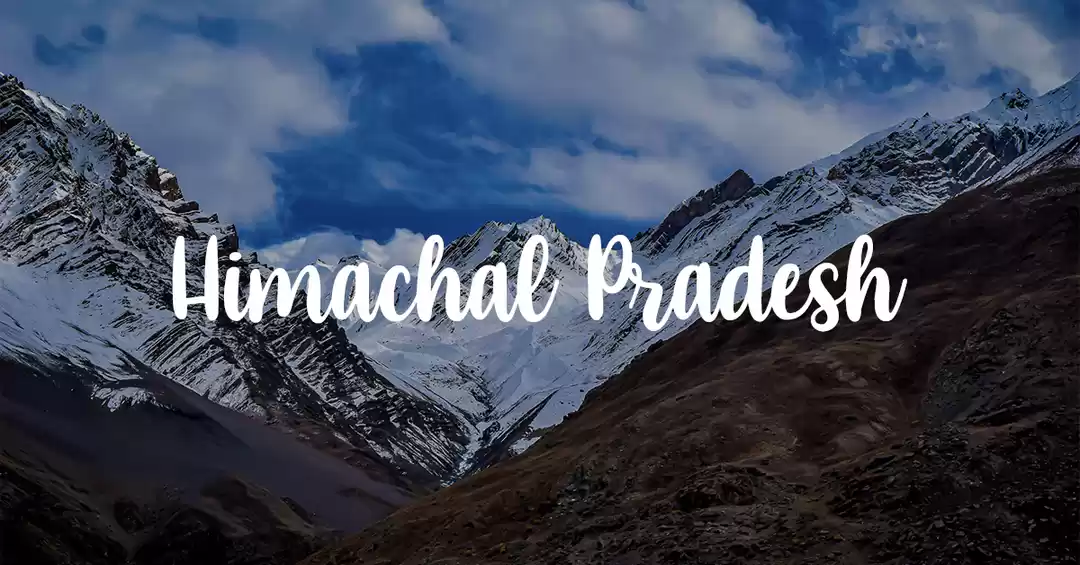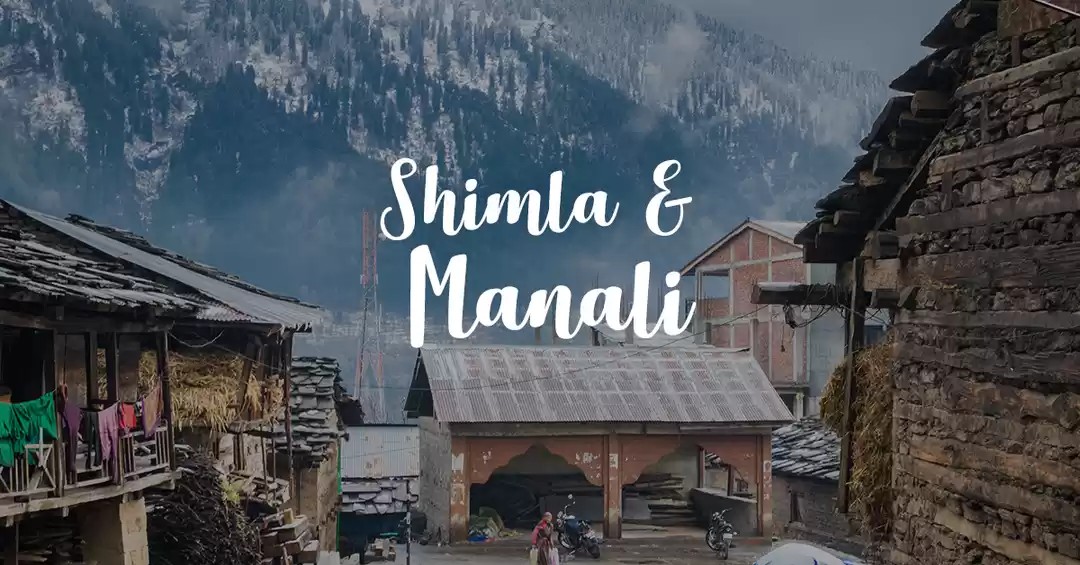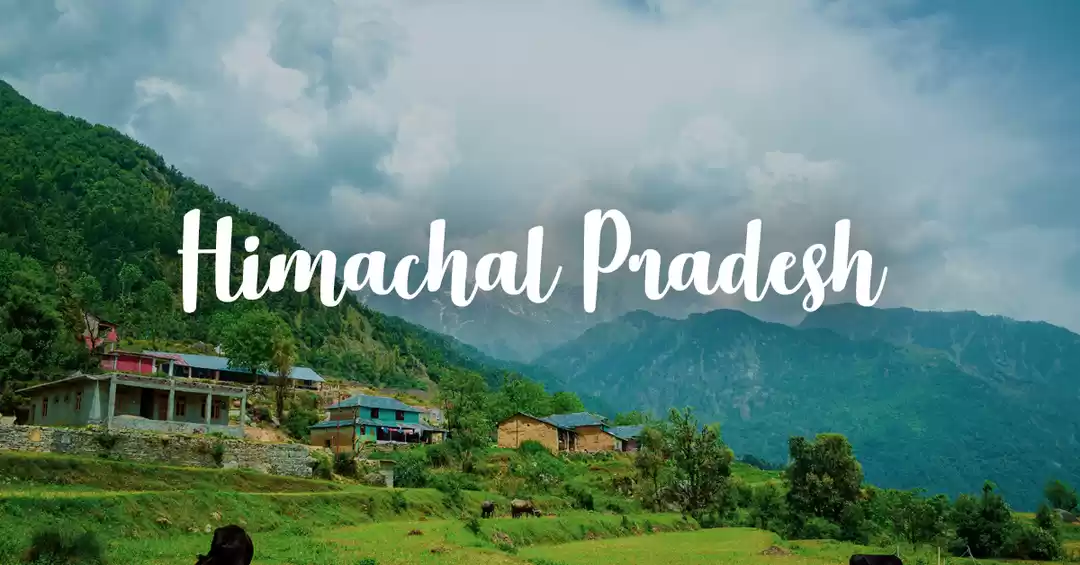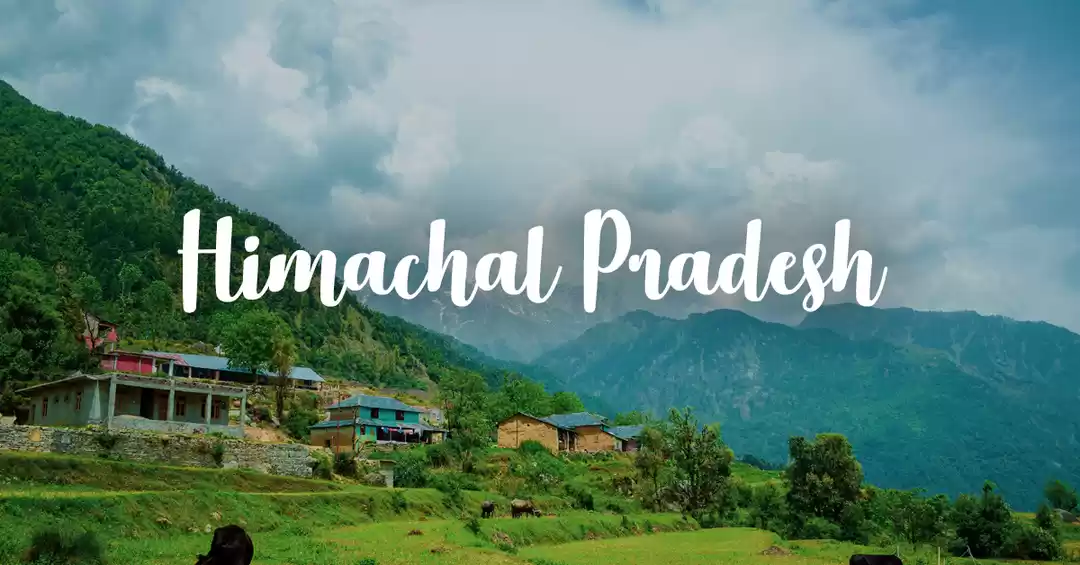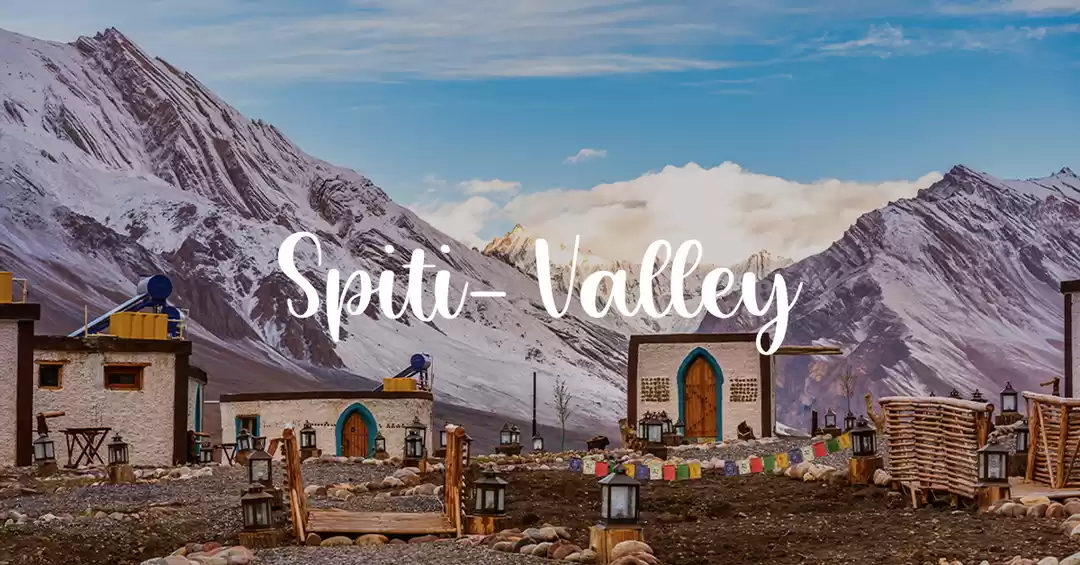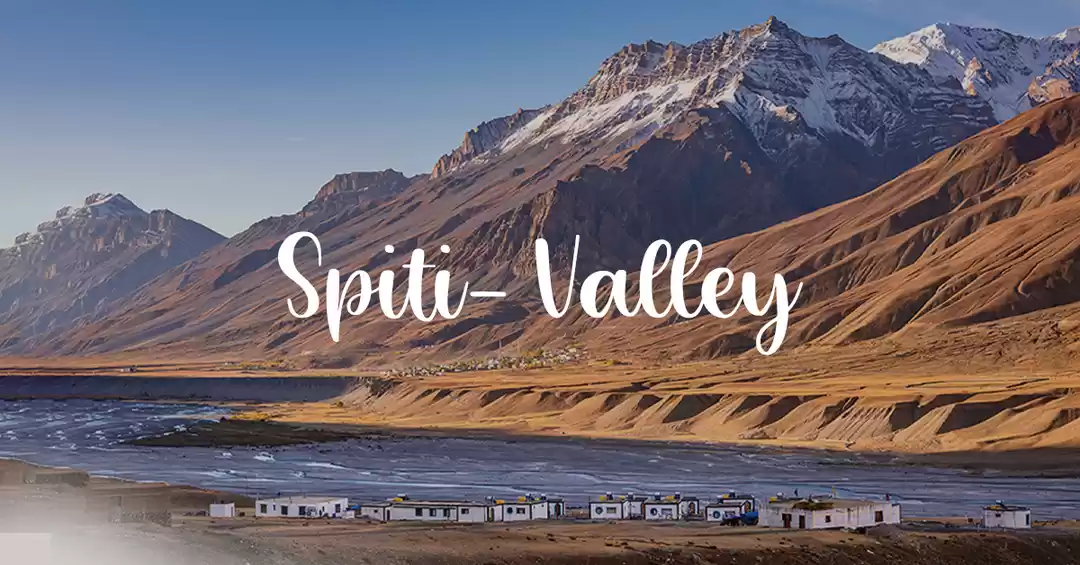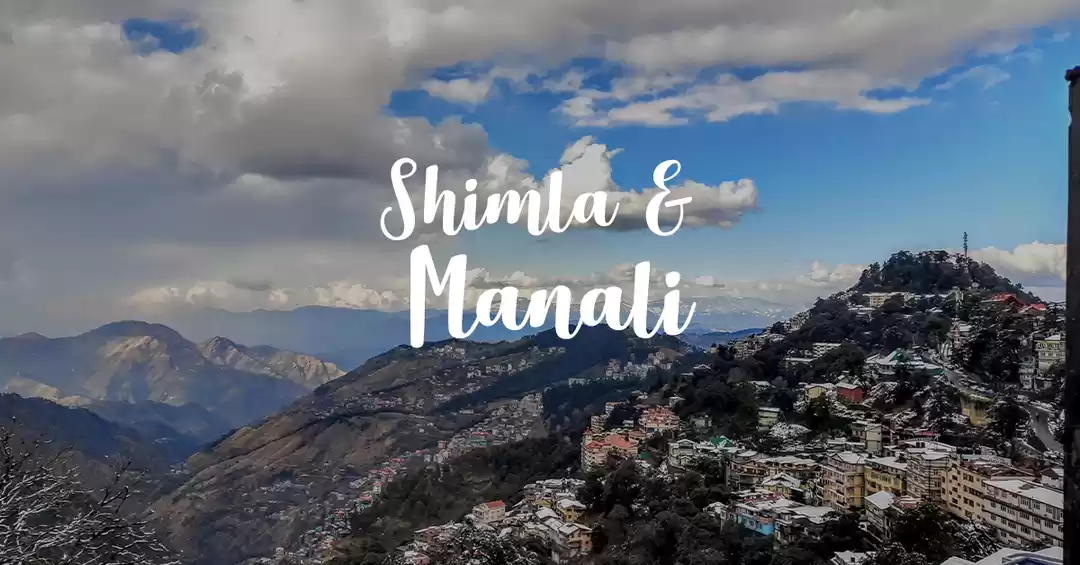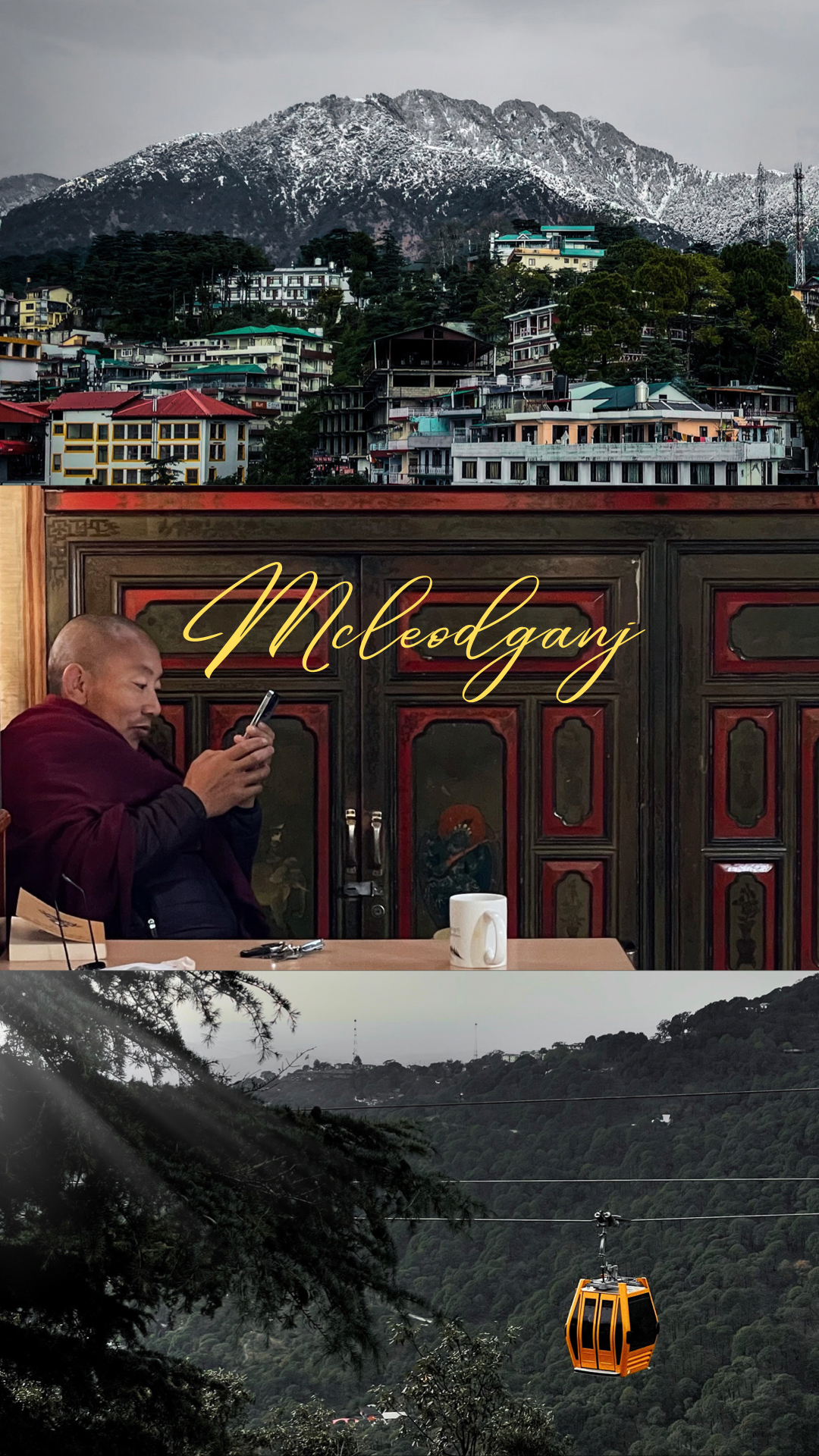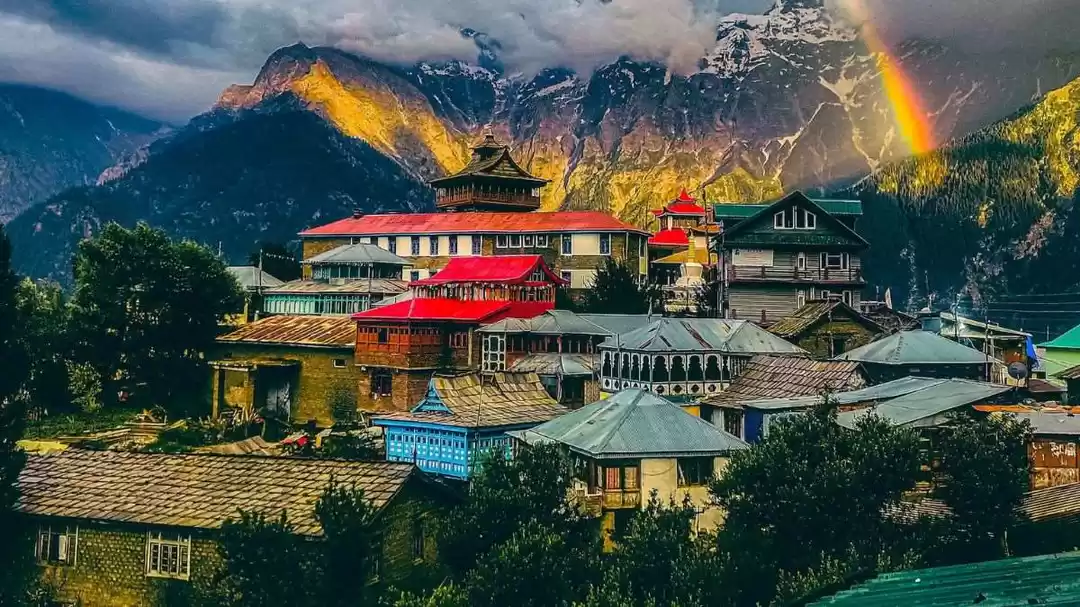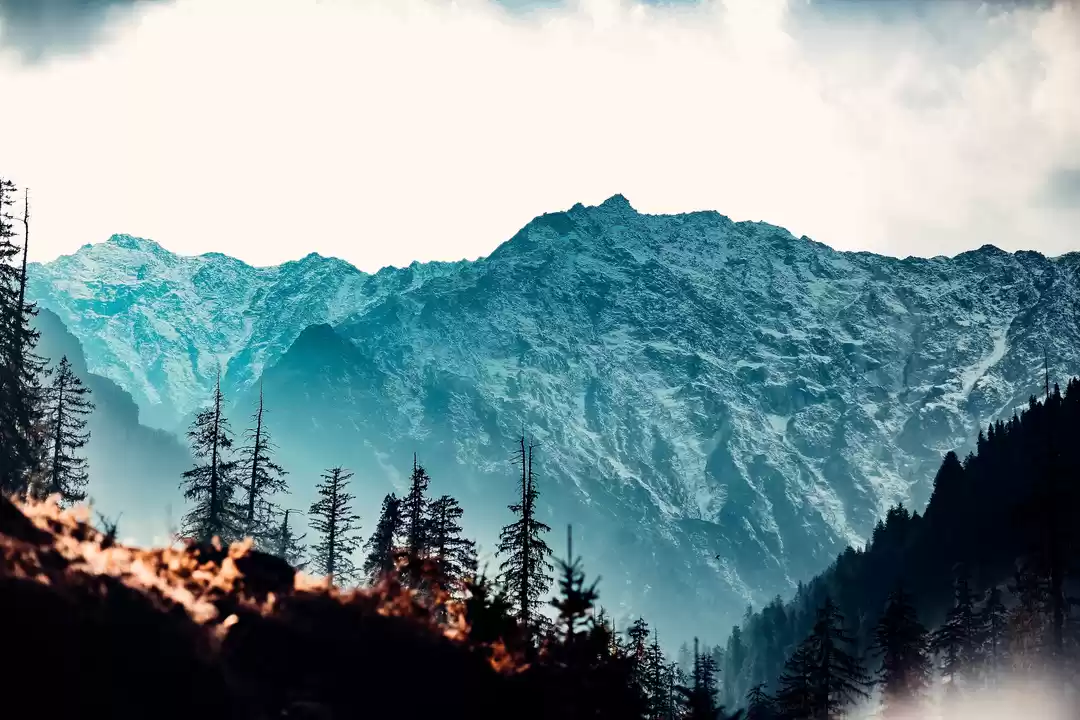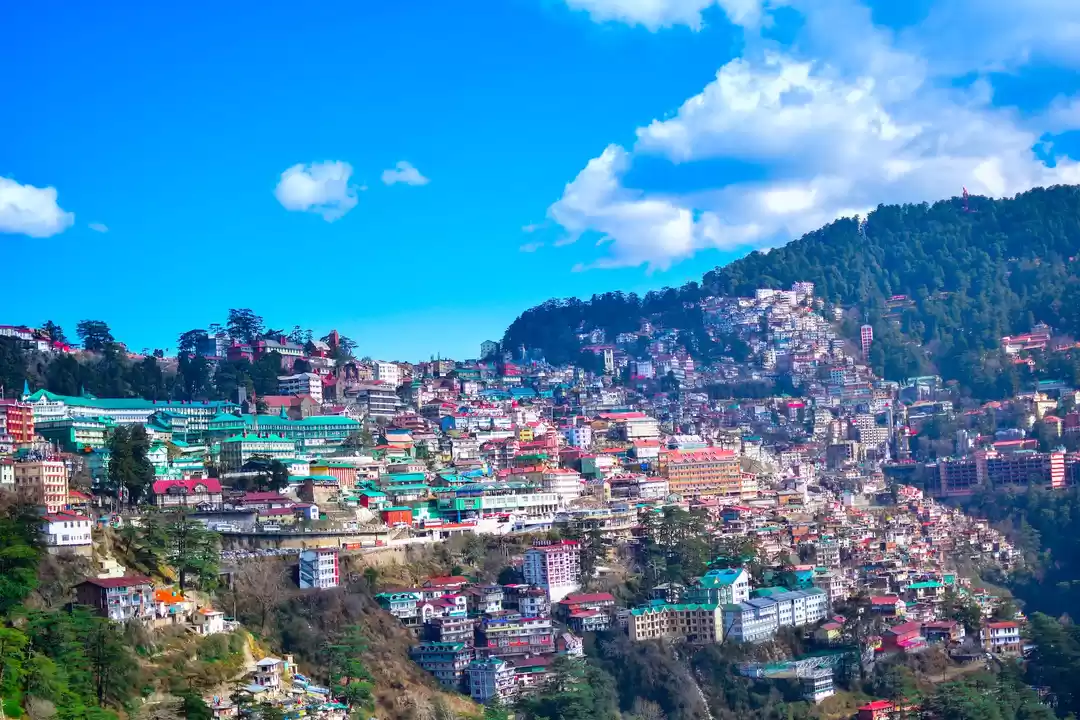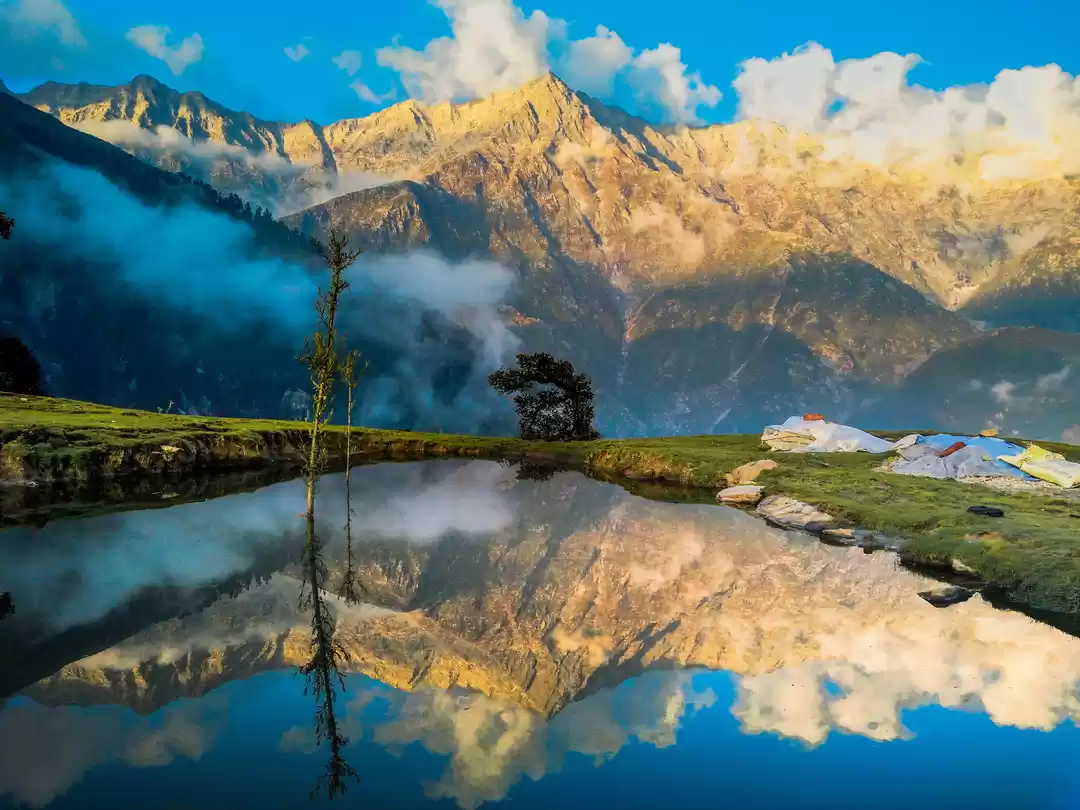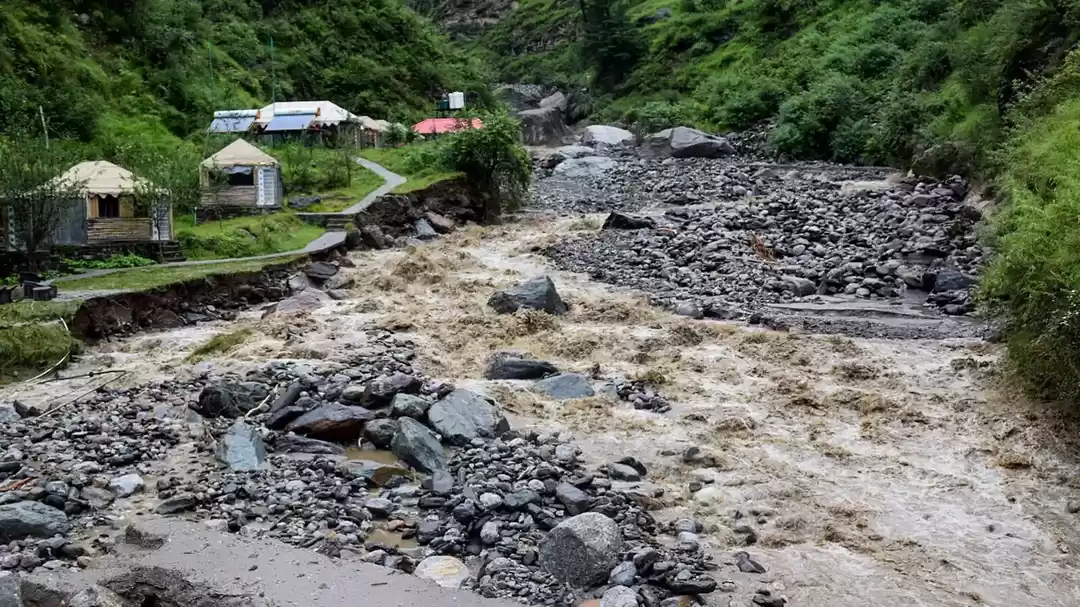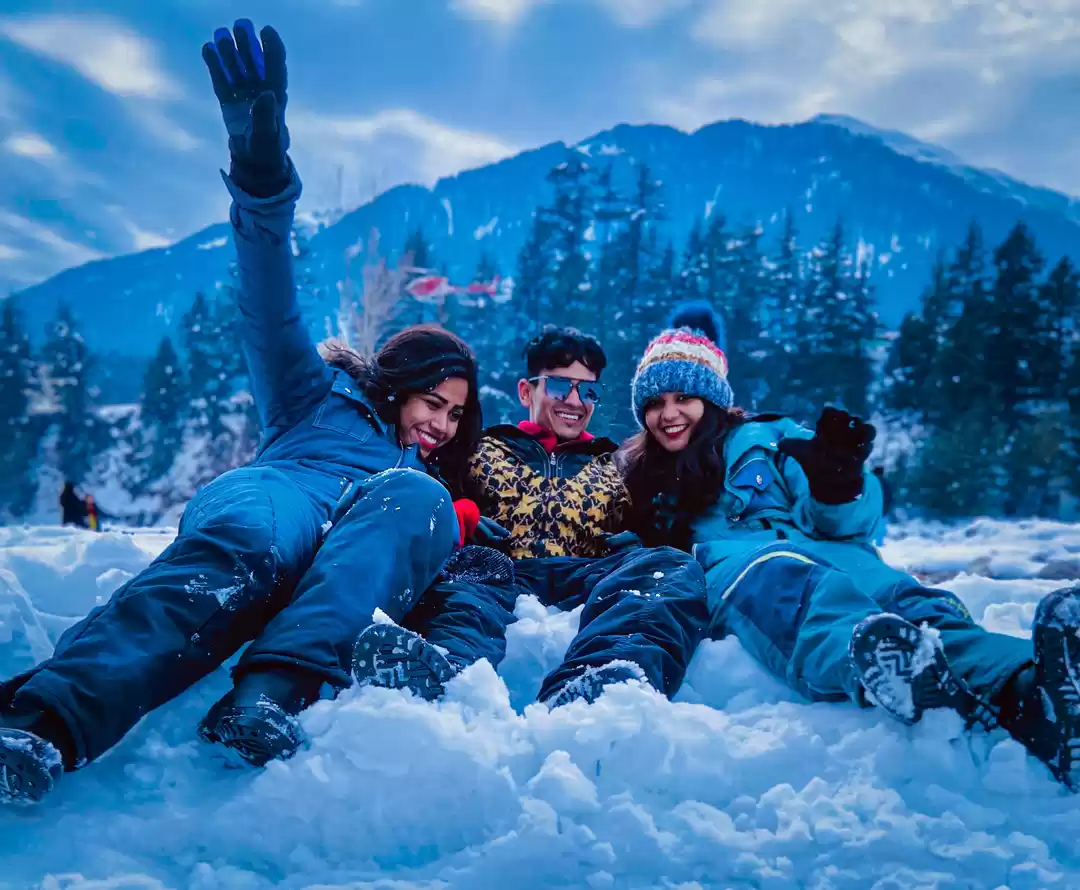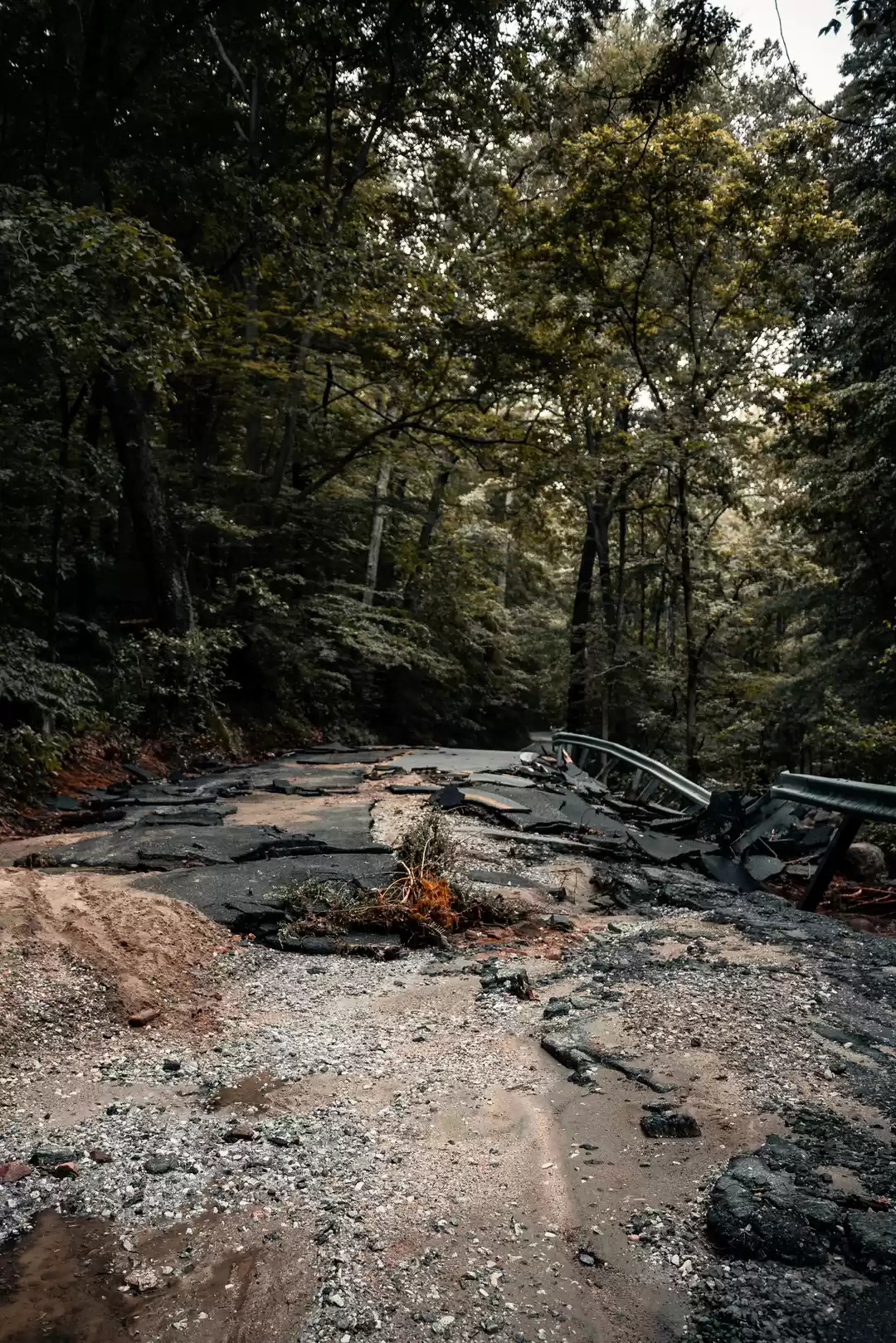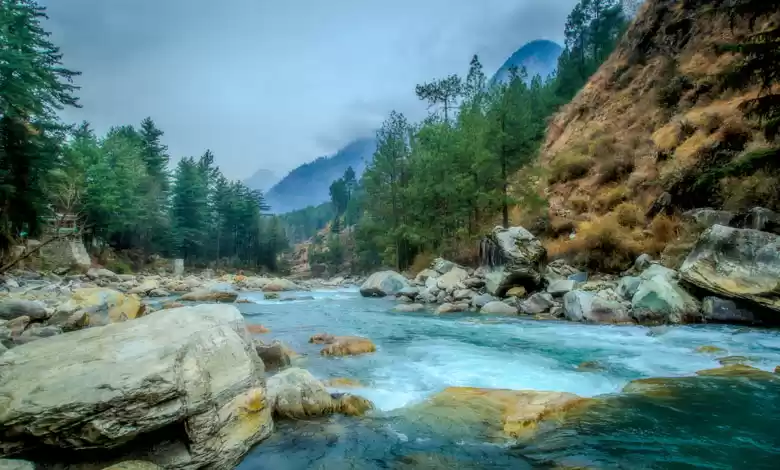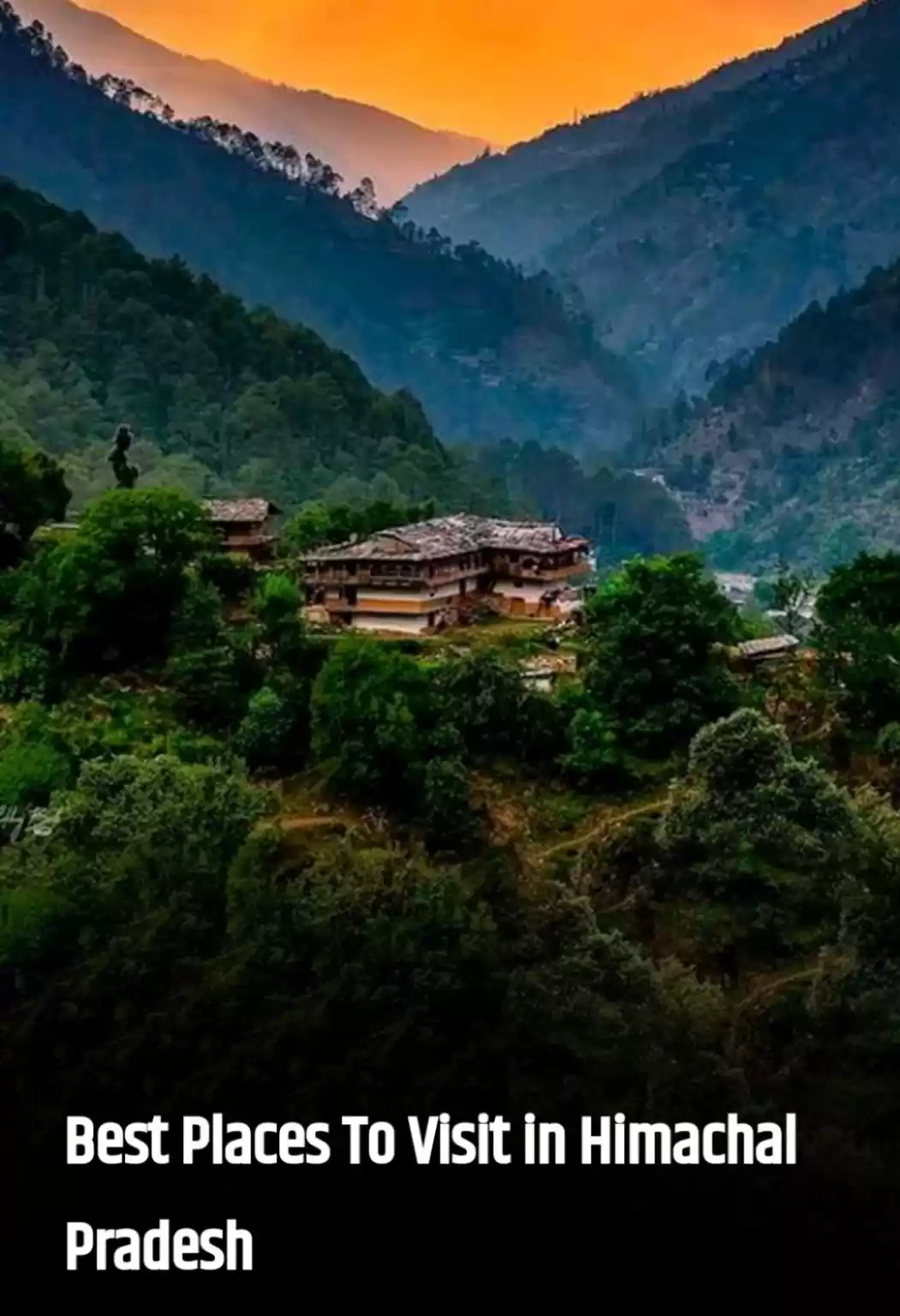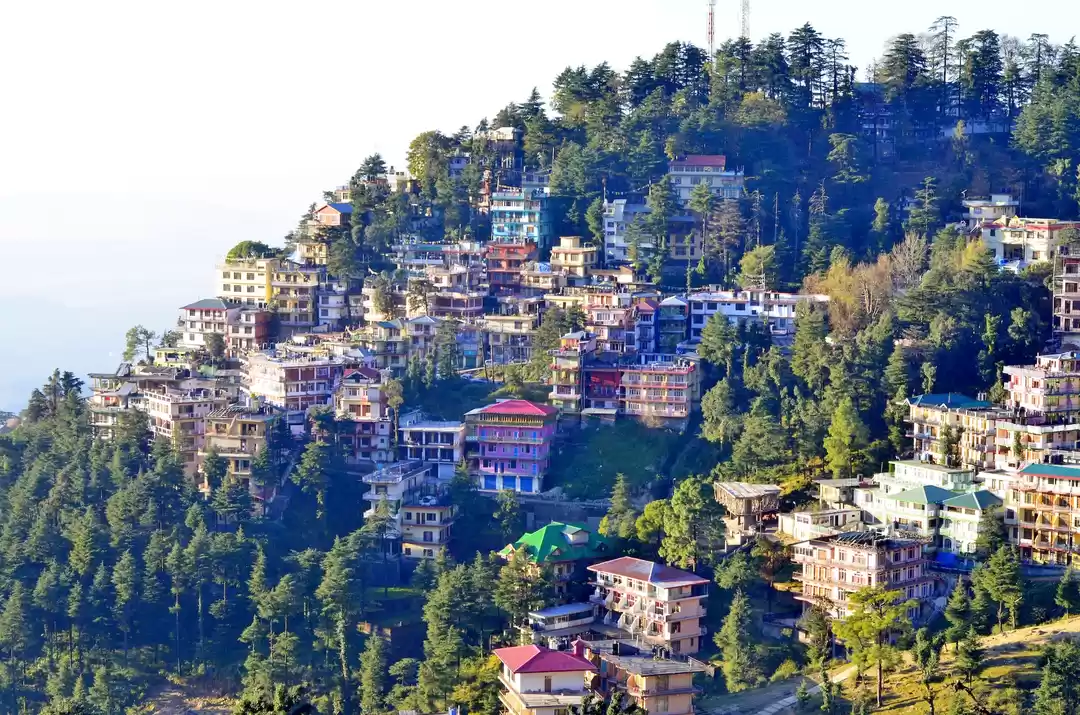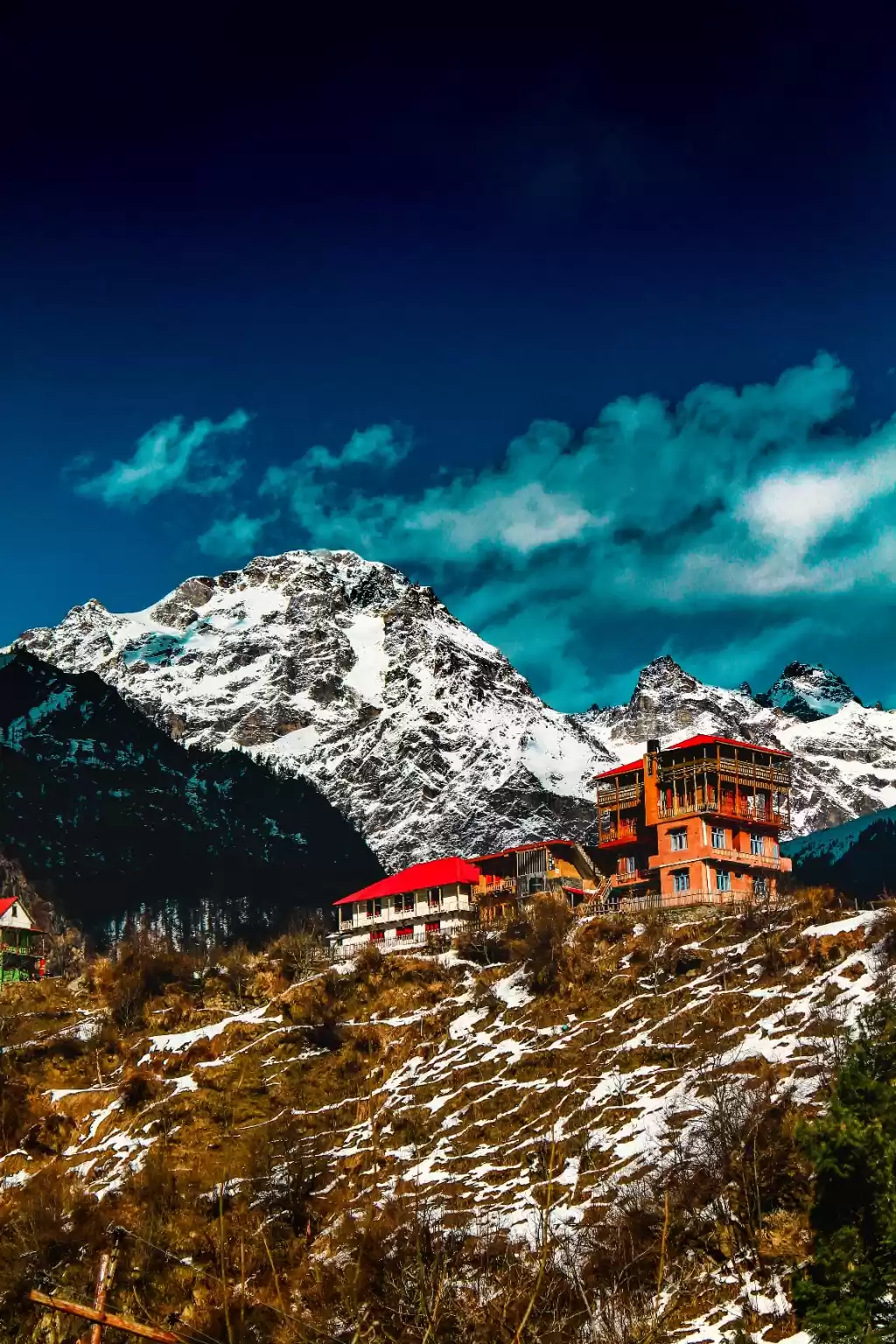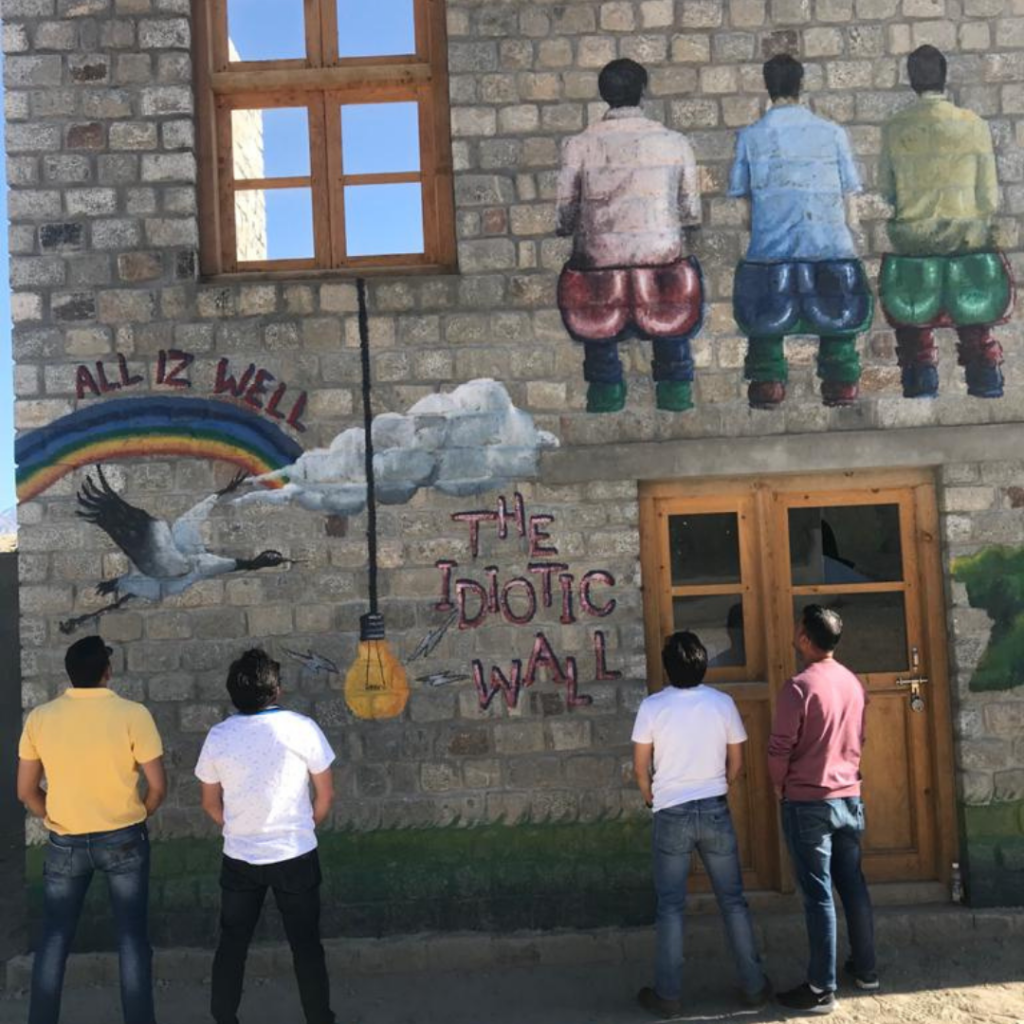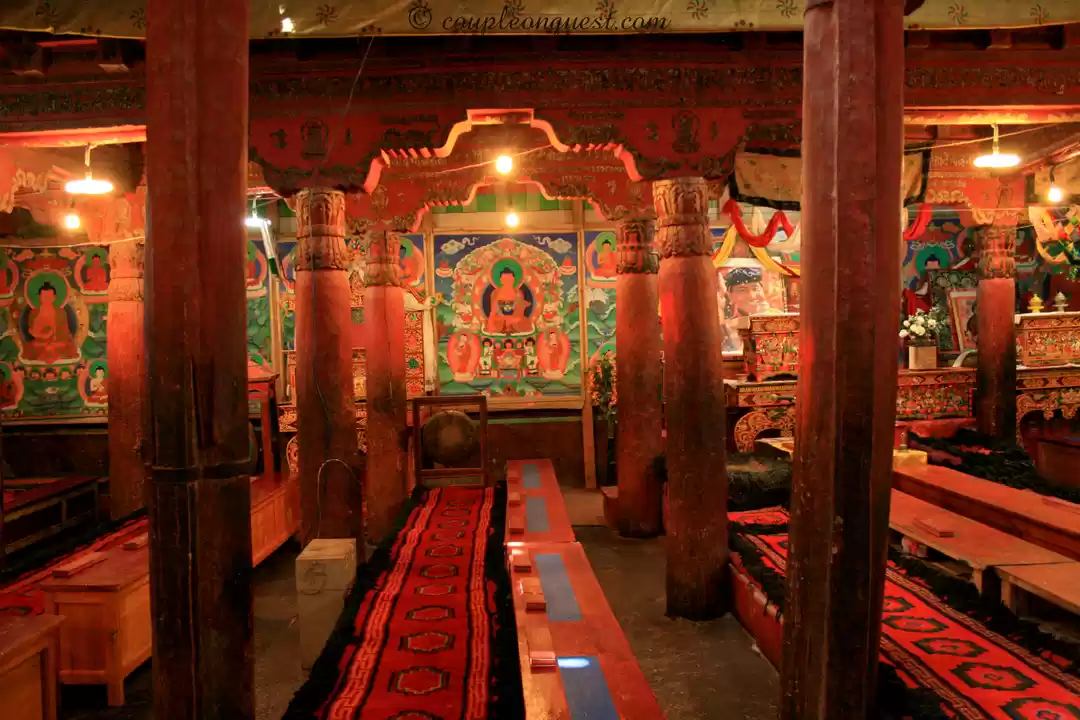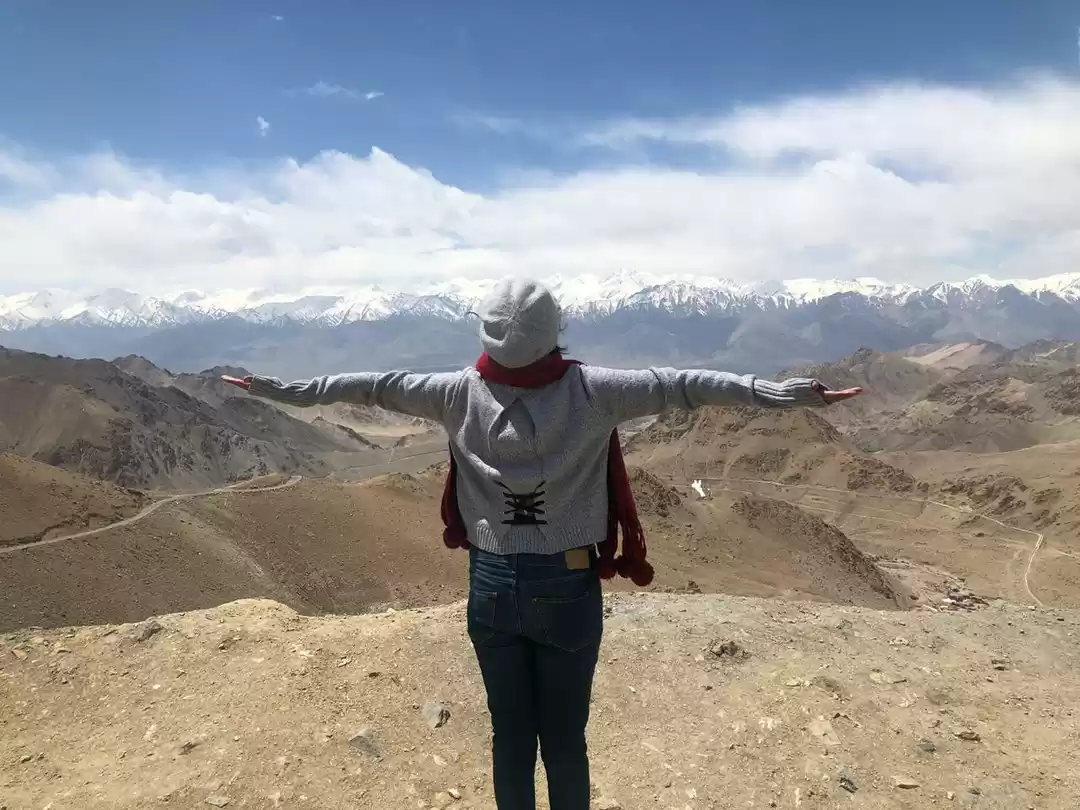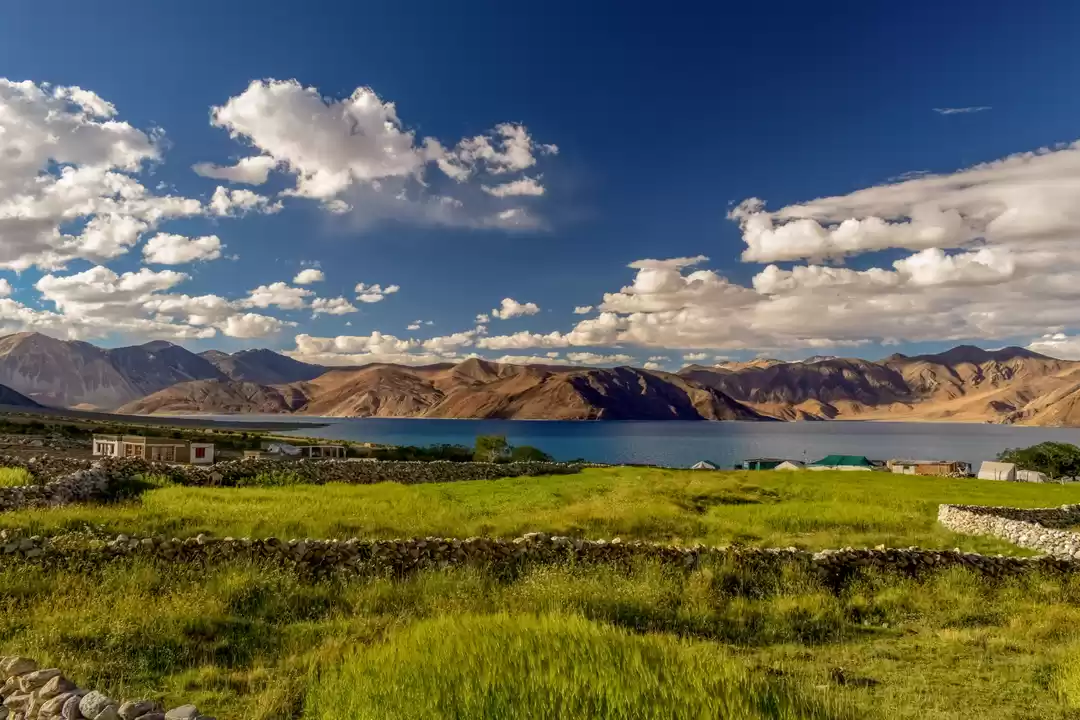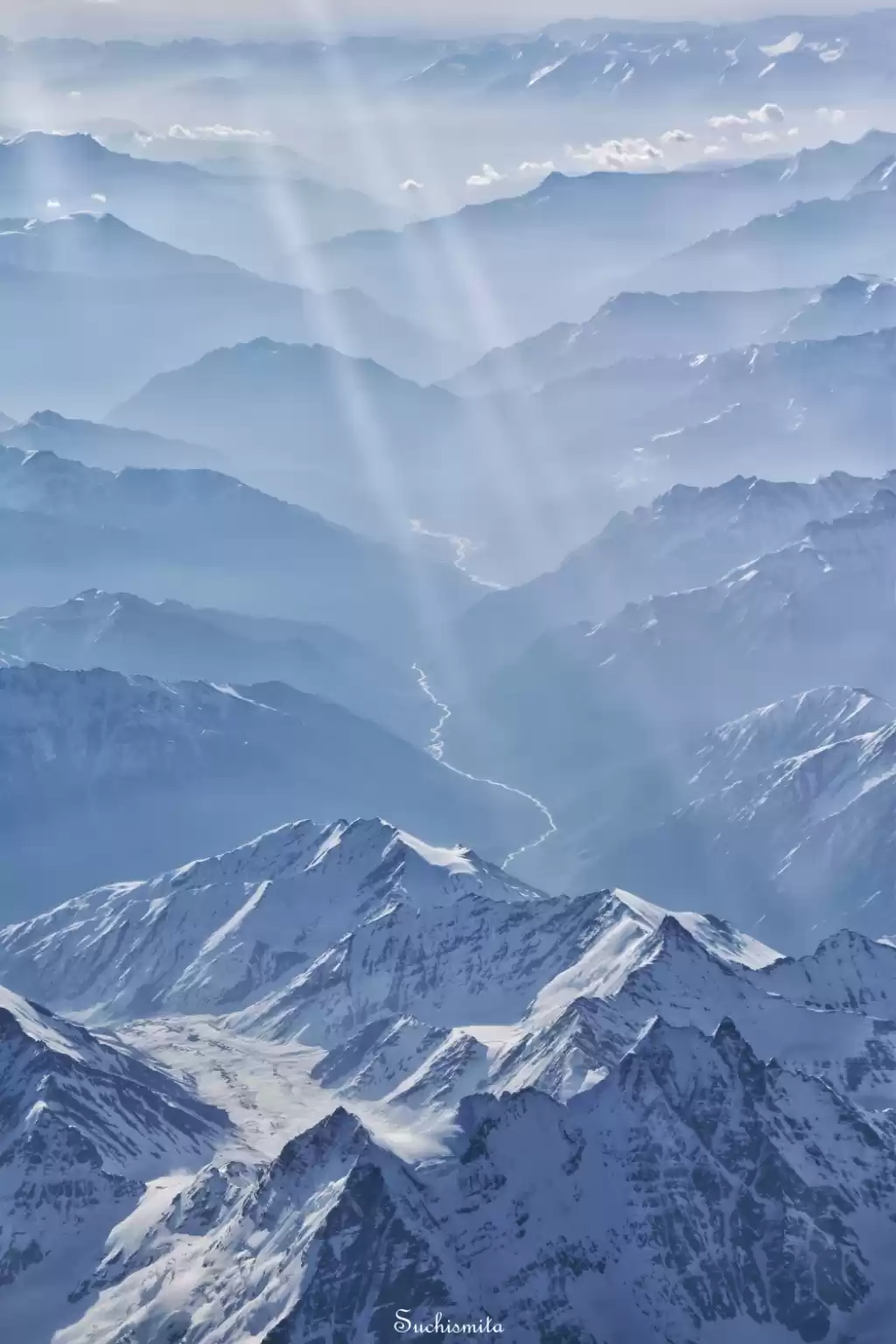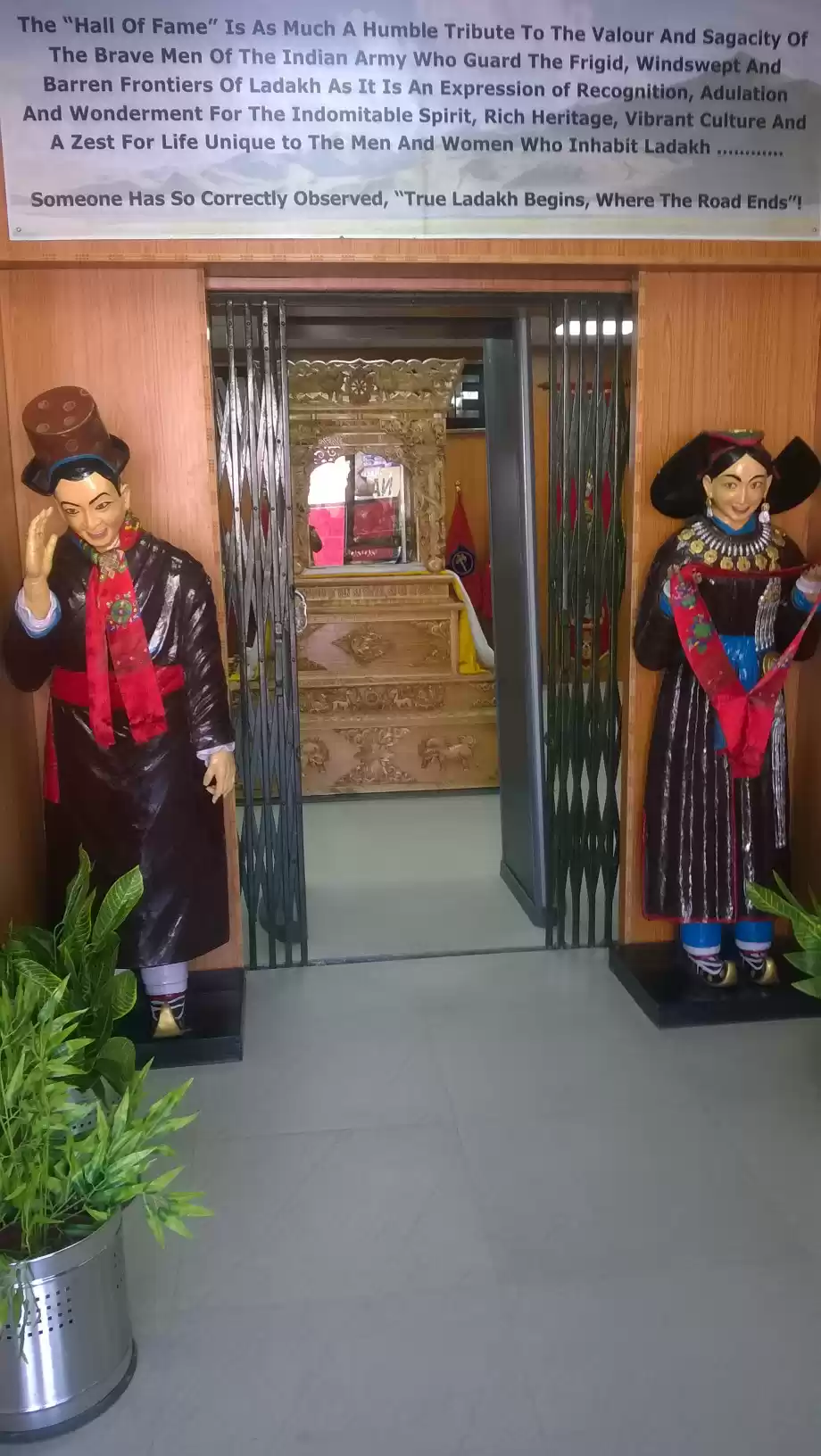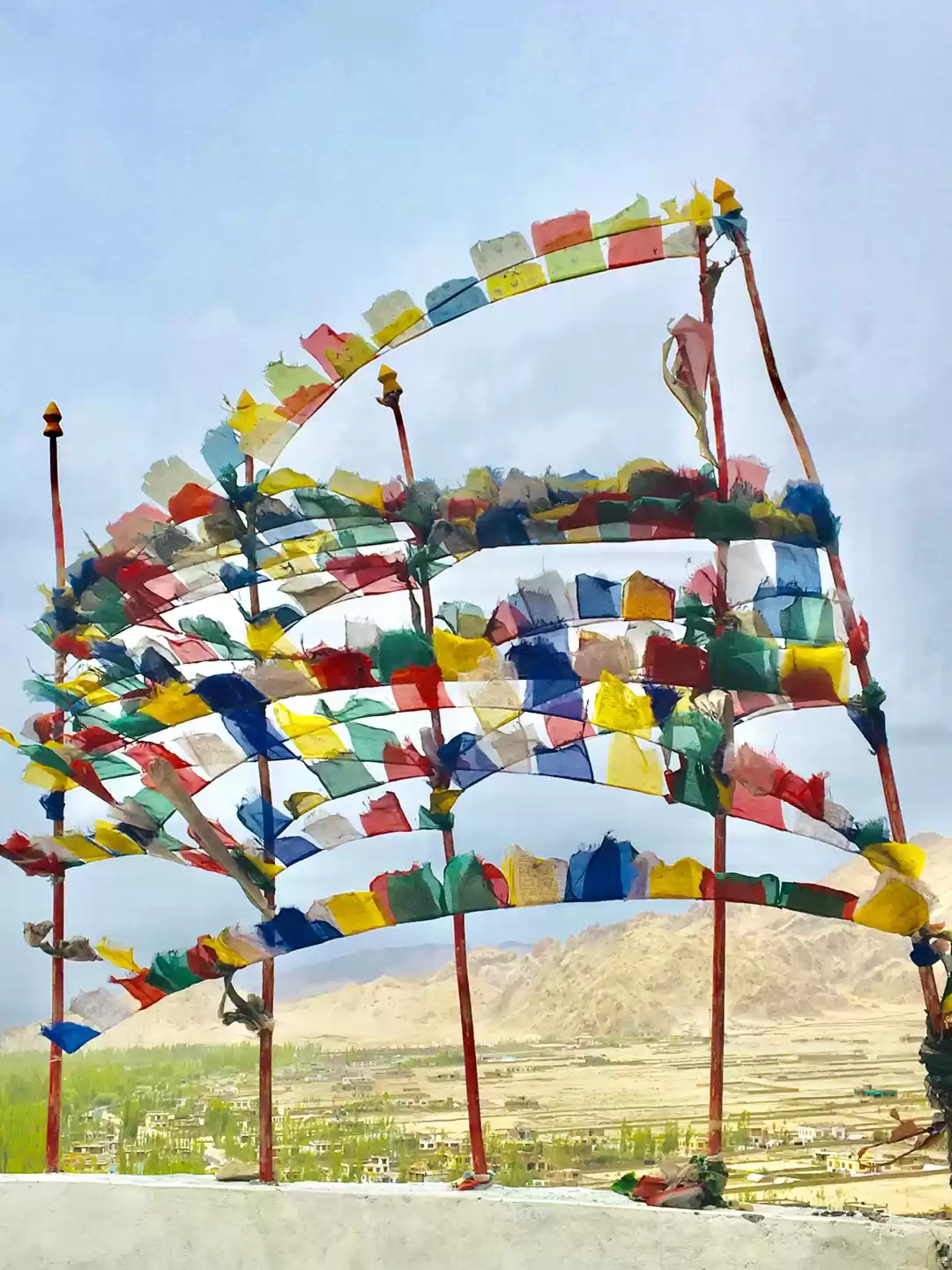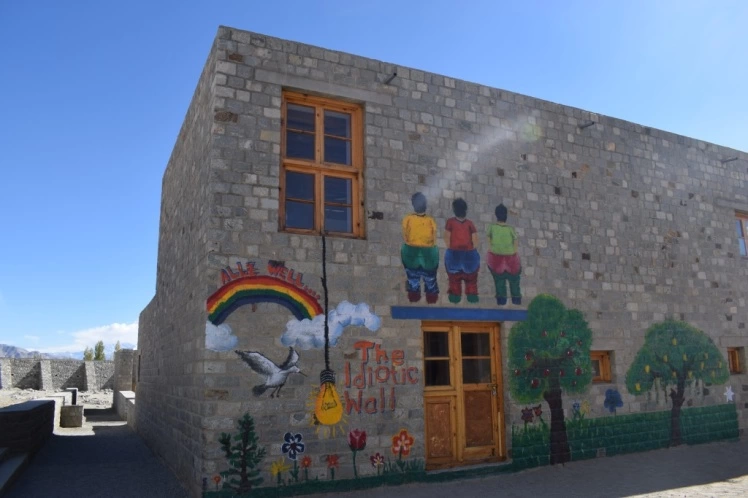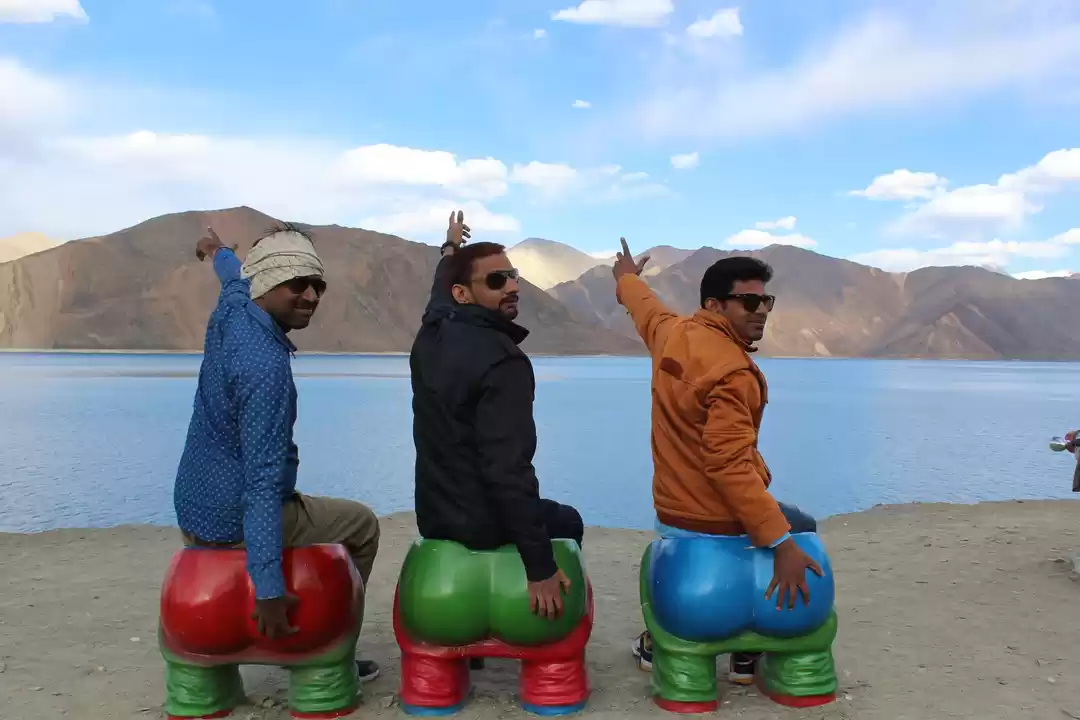Waking up all by yourself without any interference from your horrible alarm clock is one of the best feelings. An undisturbed, peaceful sleep after two tiring days was more than a blessing. I woke up all fresh and revived and immediately jumped towards the window to capture the sunrise. Unfortunately, it was half past seven and the sun was already up and about. The view in front of my window was heavenly. I had been to many hill stations before, but Ladakh, as I said earlier, is not what I had seen before. Its ethereal charm is unparalleled, unmatched. I tried my level best to be as quiet as a mouse so that Arij could continue his sleep, but my guarded moves failed to keep him glued to his pillow. Arij woke up before his time, but surprisingly in a good mood. The morning tea was never as comforting as it was today.



Ladakh is highest plateau of Kashmir with an altitude of 9,800 ft. It extends from Himalayan range to the Kunlun range including the upper Indus River valley. It is sparsely inhabited by people of Indo-Aryan and Tibetan descent. Leh is the biggest city of Ladakh, followed by Kargil. In a population of 2.5 Lac, there are approximately 44% Shia muslims, 49% Tibetan Buddhists, 1% Christians and remaining 6% Sunni muslims and others. However, harmonious co-existence of communities has developed over the years making this region a peaceful place to live as well as visit.
We had deliberately kept this day in spare to explore Leh. From whatever knowledge I gathered about this city, it was clear that Ladakh is predominantly a Buddhist territory. I had seen mosques, churches, temples and even a synagogue before but never a Buddhist monastery. I was pretty excited to see how a Buddhist prayer place looks like. Arij, on the other hand was only interested in adventure part of the trip as society, culture and people are not of much interest to him. Since Leh city has nothing else to offer other than monasteries and palaces, Arij had no choice except to accompany me.
After a sumptuous breakfast, we began our Leh tour. While waiting for our cab in hotel lobby I was astounded to see the massive number of foreign nationals checking in and out of hotel. Indeed there was something special about this place which not only attracted Indians but also people from other nationalities. The bucolic appeal of Ladakh in indeed one of its kind. While I was lost in thoughts, our cab arrived right on time. A tall, lean, wheatish middle aged fellow who somehow looked different from the locals opened the door of his cab for us. He was “Shaukat Ali” our driver cum guide for rest of our days in Leh. As he rode us towards our first destination, Arij took a mini interview of him and he came out with flying colours. He had a commendable knowledge of not only the Leh town but also about the demography, geography and history of adjoining villages. He showed us many important local landmarks etc. along the way. I was wondering if all drivers in the Leh were as sociable as him or we were the lucky ones.
Our first terminus was, the famous “Thiksey Monastery” located at a hilltop in Thiksey village, 19 kilometers from Leh. It is largest in central Ladakh, with a twelve-story complex. It stocks many articles of Buddhist art such as, statues, wall paintings and swords. One of the main points of attraction a 49 ft. high statue of Buddha, the largest in Ladakh, covering two stories of this building. It was installed in the Maitreya temple to commemorate the visit of the 14th Dalai Lama to this monastery in 1970.









From Thiksey monastery we moved on to the “Shey monastery”. To my dismay, it looked nothing different from Thiksey. Moreover the adjoining Shey palace too was not up to my expectation. For someone accustomed to Mughal and Rajput patterns of art and architecture, a plain, undecorated and unkempt enclosure seldom epitomises a palace or fort. This was one place, I particularly didn’t enjoy. The same goes true for the much hyped “Leh Palace” which was no way better. The only saving grace of these two edifices, was their towering external appearance which added a regal charm to the landscape.

An interesting signboard caught my eye on the way which read “Rancho’s School”- 3 Kms. I started wondering if the Bollywood blockbuster 3 idiots is based on some real life character “Rancho” or is this also the name of some local politician or celebrity. Before I could use more of my fertile imagination our driver “Showkat Bhai” cleared the air that “Druk White Lotus School” in Leh is where last few scenes of 3 idiots were shot depicting it as the school set up by character “Rancho”. Ever since the movie became a hit, it is known as “Rancho’s school”. Moreover, the team of 3 idiots also gifted this school a cafeteria popularly known as Rancho’s Coffee shop. The walls of this cafe pay a pictorial tribute to this blockbuster. Passing by Rancho’s Coffee shop, and not having a coffee was indeed, out of question.


At Changspa hill top stands the gigantic Shanti Stupa, overlooking the Leh city. Built in 1991 by Japanese and Ladakhi Budhists this huge white chortan has become one of the well-known tourist attractions in Leh, not only due to religious reasons but also because of its location which gives a panoramic view of surrounding landscape of Leh city.






It was lunch time so we headed towards Leh Market. After a light lunch at a Tibetan bistro, followed by a bit of window shopping, we headed to hotel for relaxing and preparing ourselves for the adventure that was scheduled next day…………..

